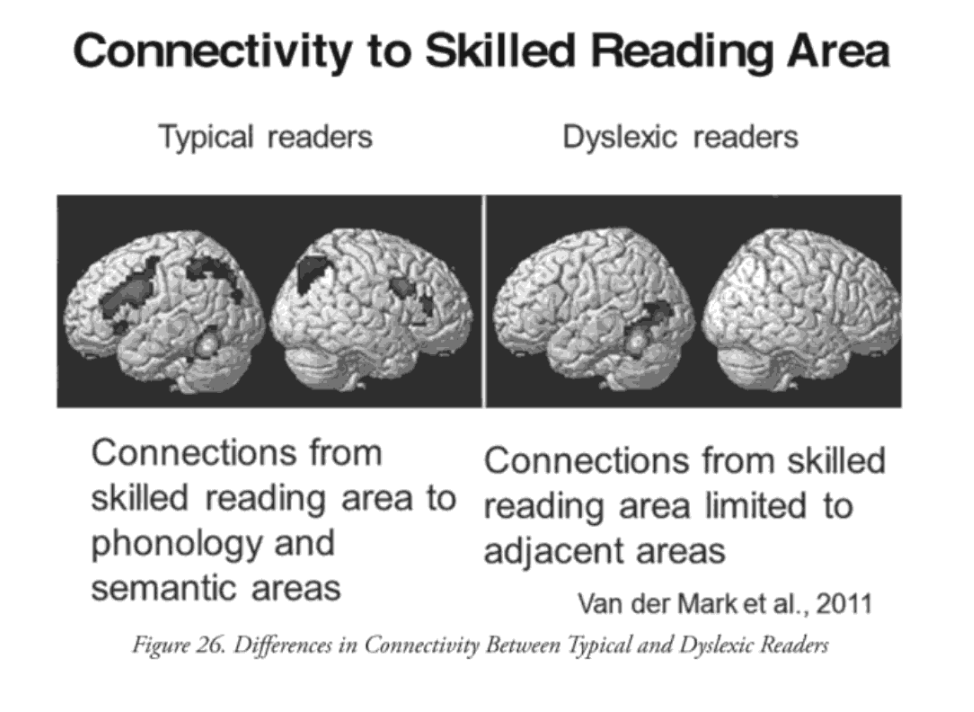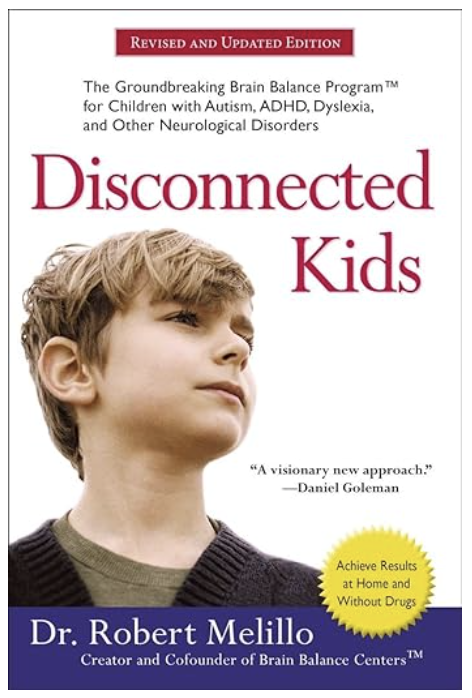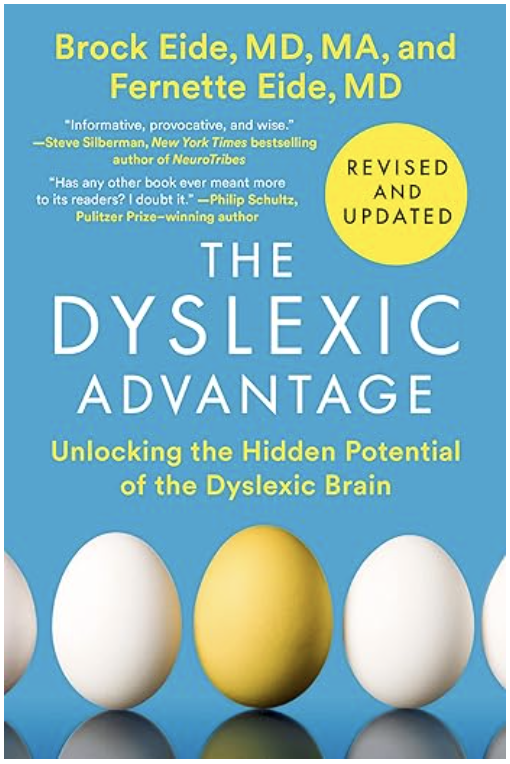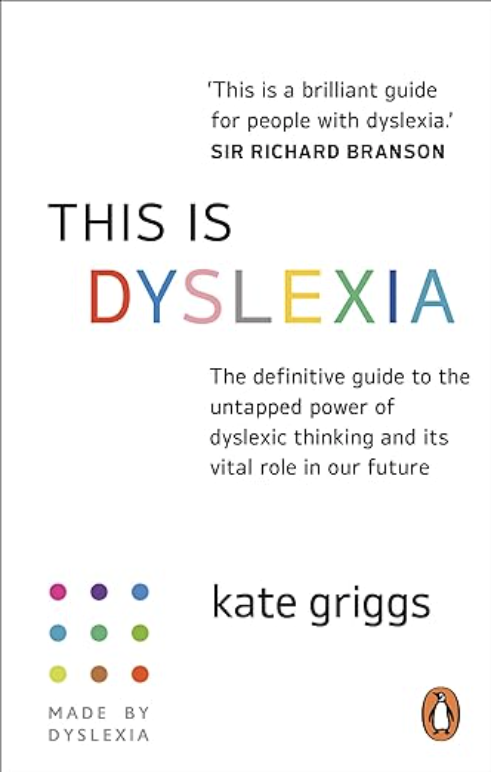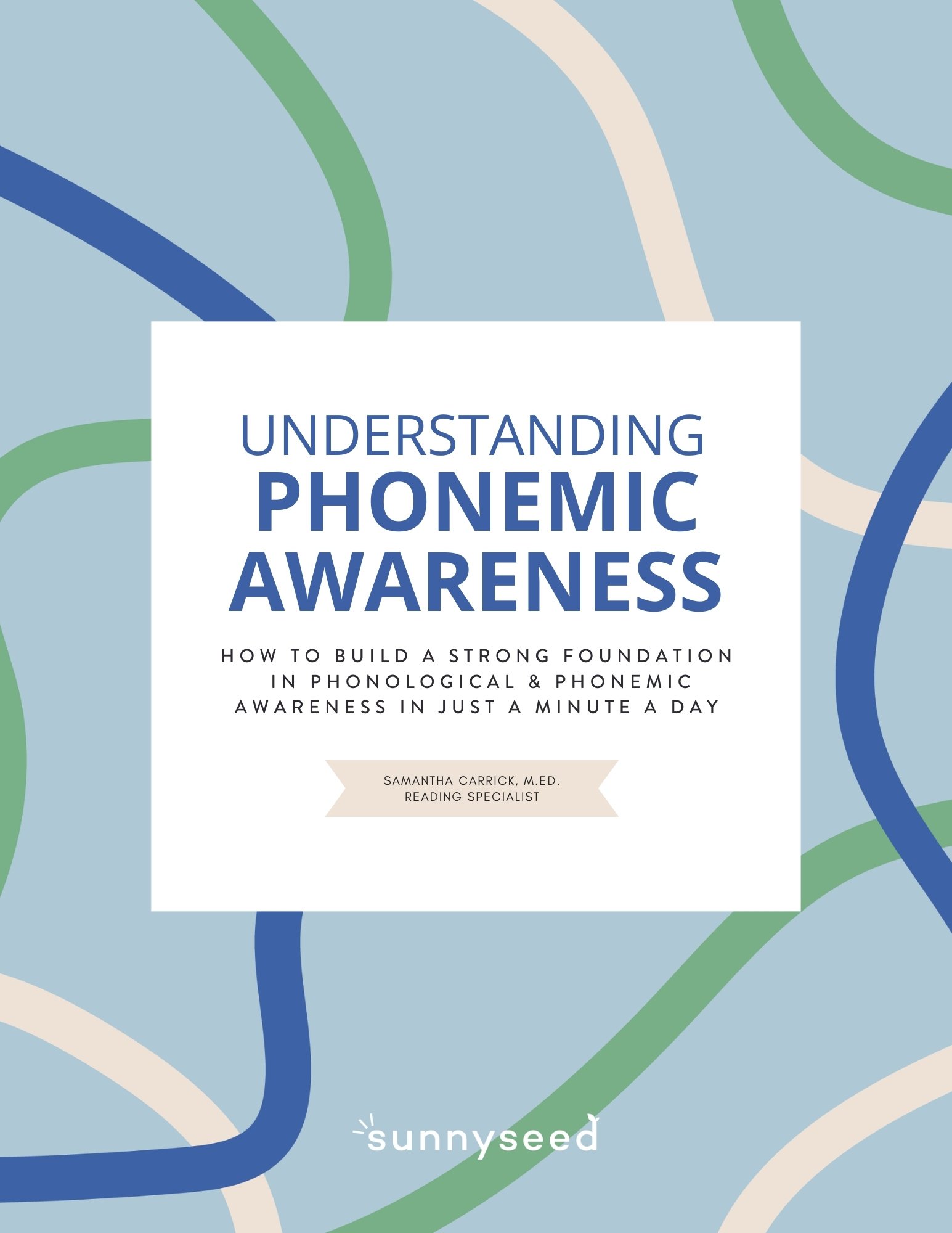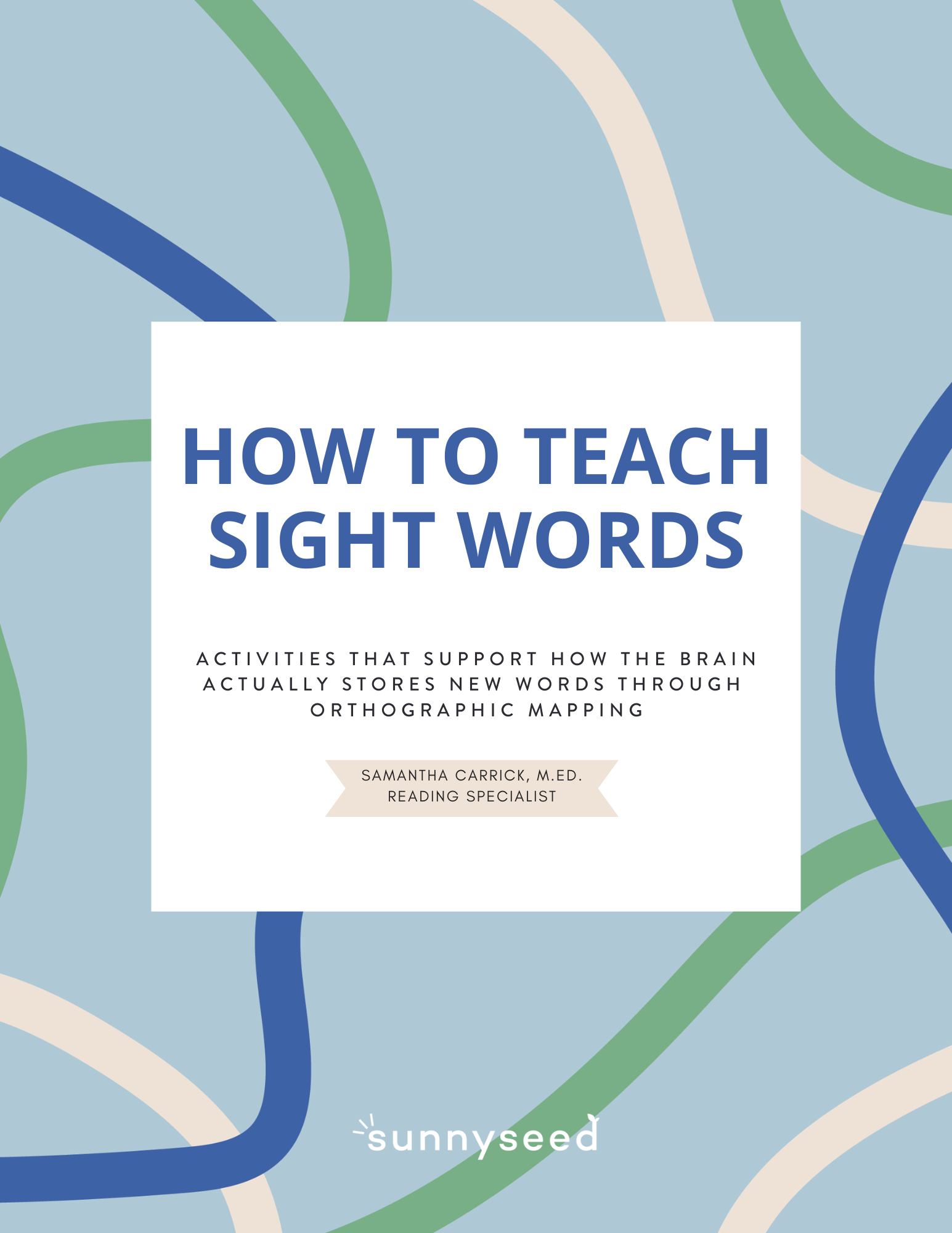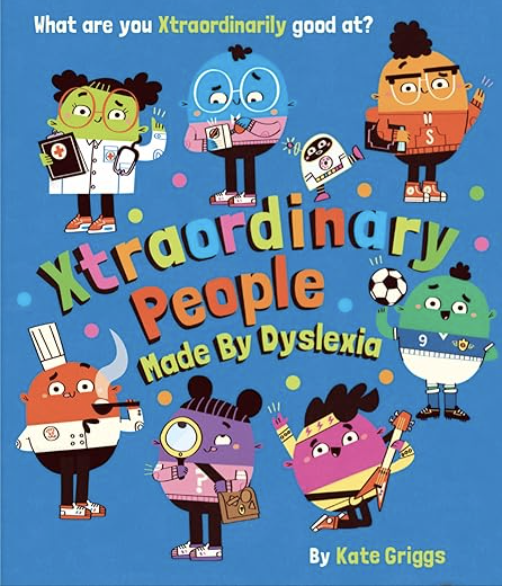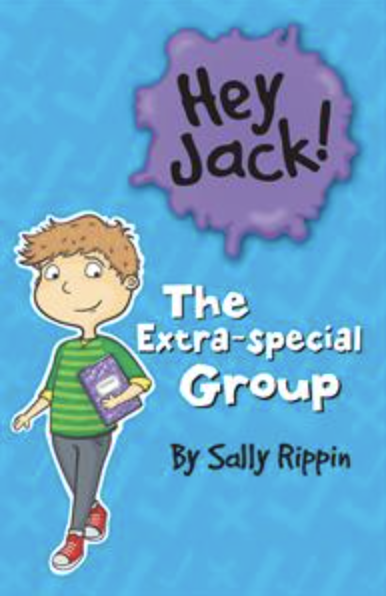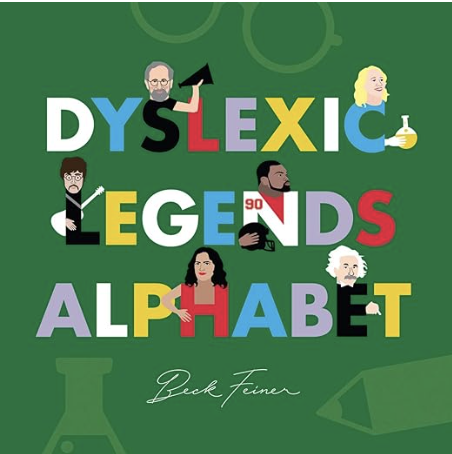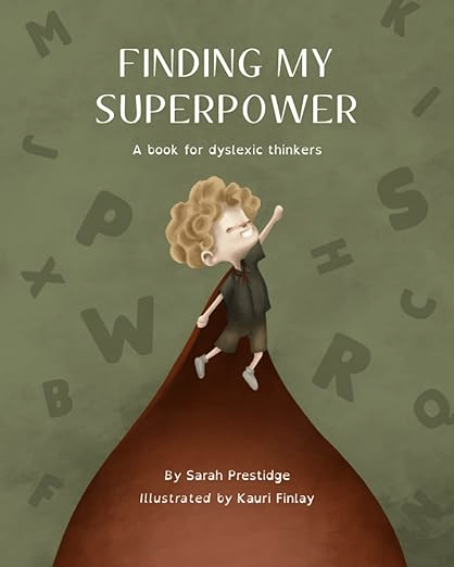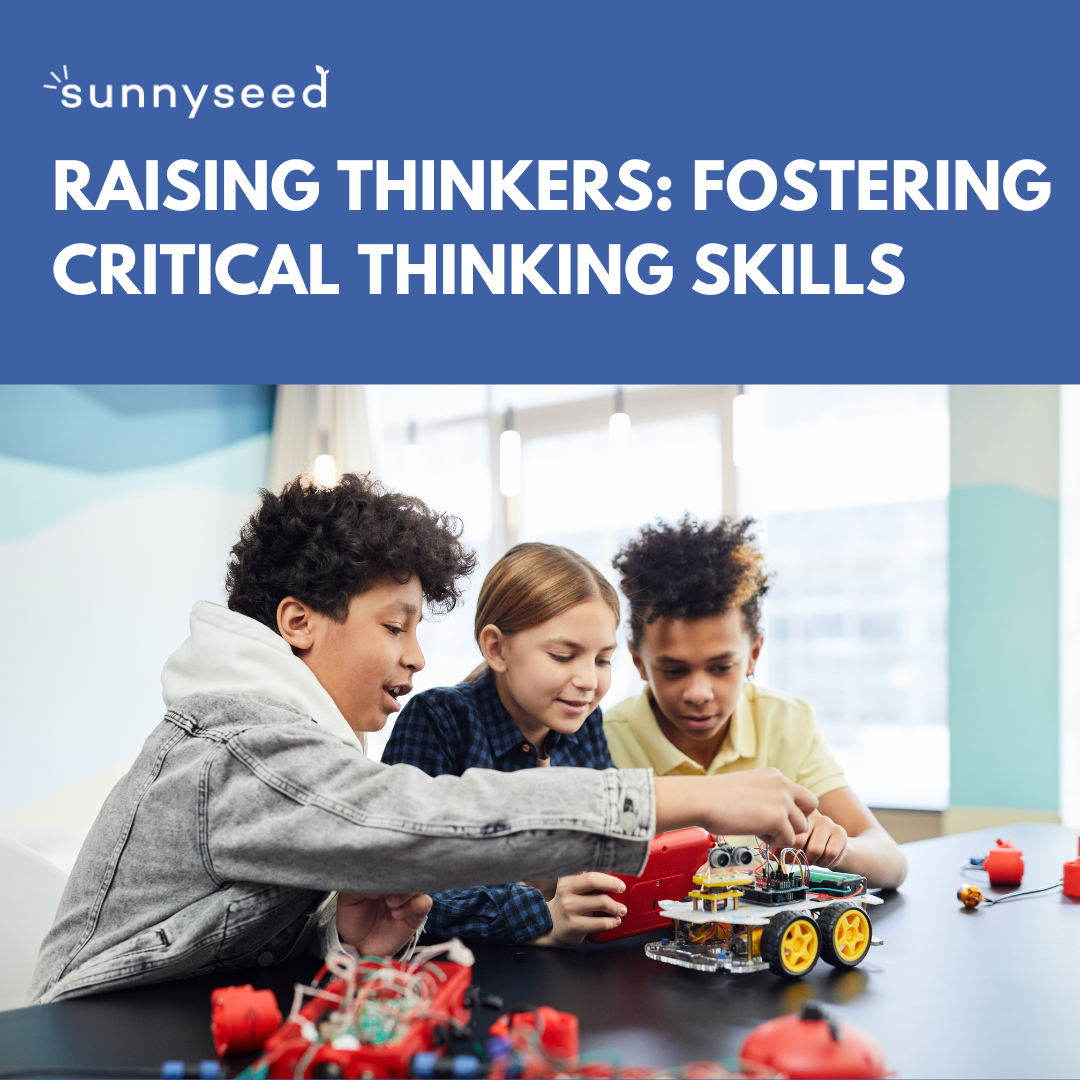Unlocking Potential: A Parent's Guide to Understanding and Supporting Childhood Dyslexia
Understanding dyslexia, which affects 20% of individuals, is crucial for early identification and intervention, ensuring that every child receives the learning support they need to thrive academically and emotionally. Dyslexia -or the dyslexia processing style- is known as an unexpected difficulty in reading, writing, and spelling despite a person’s normal to gifted intellect.
It’s a “different pattern of brain organization and information processing- one that predisposes a person to important abilities along with the well-known challenges. This dual nature is what’s so amazing-and confusing-about dyslexia.”
Dyslexia can occur along a spectrum of severity, so the impact and experience is different for each individual, but it is not a reflection of one’s intelligence, and it certainly is not just about reversing b’s and d’s. The brain of affected individuals with dyslexia processes things differently, and it can affect much more than just reading.
From decoding the neurological aspects to practical tips for parents, this post aims to be a valuable resource for families seeking a deeper comprehension of dyslexia and its impact on their children's lives. “The key to helping individuals with dyslexia find success and personal fulfillment in their learning, work, and life is not just to fix their areas of weakness, but to help them understand, develop, and enjoy their strengths.”
IMPORTANT FACTS
1 in 5 children have dyslexia
A child can be diagnosed with 95% accuracy as young as age 5.5
Reading growth is maximal in the first few years of school and then it plateaus. Early intervention is key!
Only ~2% of children with dyslexia have sought school district accommodations; we need to support them better!
Dyslexia is specific and is not the same as learning disabilities, which is a broad term.
A 1998 study found that 53% of kids with dyslexia also had dyspraxia.
“Dyslexia doesn’t miraculously develop in 3rd grade. Research suggests that children with dyslexia show atypical brain development BEFORE stepping into their first day of kindergarten. Why are we waiting all these years before giving them access to intensive resources they need?”
- Dr. Nadine Gaab
WHAT IS DYSLEXIA?
“Effortful and slow reading, lacking fluency.” (Shaywitz, 2008)
“Dyslexia is a specific learning disability that is neurological in origin. It is characterized by difficulties with accurate and/or fluent word recognition and by poor spelling and decoding abilities. These difficulties typically result from a deficit in the phonological component of language that is often unexpected in relation to other cognitive abilities and the provision of effective classroom instruction. Secondary consequences may include problems in reading comprehension and reduced reading experience that can impede the growth of vocabulary and background knowledge.” DITC
The exact causes of dyslexia are still not completely clear, but anatomical and brain imagery studies show differences in the way the brain of a person with dyslexia develops and functions
Most people with dyslexia have been found to have problems with identifying the separate speech sounds within a word and/or learning how letters represent those sounds, a key factor in their reading difficulties. Dyslexia is not due to either lack of intelligence or desire to learn; with appropriate teaching methods, students with dyslexia can learn successfully.
DIFFERENT PROCESSING
phonological awareness (working with sounds)
auditory (hearing) processing
slower processing speed when reading, spelling, writing, doing homework, or in a distracted classroom
working memory
executive functioning skills (how you plan, manage time, organize)
procedural learning difficulties
processing speed
BRAIN DIFFERENCES
Most dyslexics have stronger right hemispheres and are big-picture thinkers. The right hemisphere is skilled in making distant connections and inferences. Thousands of brain scans and several kinds of evidence reveal these differences at both the network and structural level.
Indivudals with dyslexia use processing centers in their right hemisphere more extensively. This has been shown for many auditory, visual, motor, language, memory, and other cognitive functions, which are used extensively for reading. Learning to read is primarily a left brain activity, and individuals with dyslexia need explicit, intensive training to strenthen the pathways for left-sided processing.
Most individuals with dyslexia have brain hemispheres of equal size, wheras in nondyslexic brains usual have a slightly larger left hemisphere
Dyslexics appear to have longer connections between the minicolums in the cortex of the brain. This highlights how dyslexic brains might be poorer at fine-detail processing, but excel at recognizing big-picture tasks like synthesizing ideas, making insightful connections, and perceiving relationships.
Dyslexics rely on declarative or conscious memory, instead of automatic or procedural memory.
CLASSIC DYSLEXIA VS. STEALTH DYSLEXIA
Dyslexia appears on a spectrum, so it’s important to remember not every case looks the same. In classic dyslexia, it’s fairly easy to notice a child struggling with reading, spelling, and writing from the start. There are also children with mild dyslexia who may go unnoticed until grade four or later, when instruction changes from learning how to read to reading to learn.
In stealth dyslexia, a child, or even adult, might appear to be an average reader, but have struggled silently, relying on their high IQ or superior executive functioning to use compensations. Although they may only have mild visual processing and auditory impairments, several studies have found stealth dyslexics have the same brain wiring as classic dyslexia. Other studies have confirmed that stealth dyslexics’ neurological and neuropsychological testing showed the same deficits with auditory, visual, language and motor processing abilities.
COMORBIDITY
There is evidence of high overlap between dyslexia and: ADHD, Autism, ADHD, dyspraxia, dyscalculia, anxiety, depression, obsessive compulsive disorders. There is also evidence of a high overlap between symptoms of different developmental disorders and dyslexia. This means that it is expected that developmental disorders will have lots in common and can coexist, this occurs more often than been an exception.
53% of children with dyslexia have ADHD
85% have dyspraxia
17% have Oppositional Defiance Disorder (ODD)
Dyslexia and Comorbid Disorders: Transdisciplinary Assessment and Treatment
Dyslexia, dyspraxia, and ADHD in adults: what you need to know
SIGNS OF DYSLEXIA
Early screening and early intervention for dyslexia are critical for success. Red flags for dyslexia show up as early as the preschool years and can usually be identified in kindergarten or early first grade. Seek support right away to reduce frustration and difficulty in grade school; issues compound!
difficulty reading single words, or short function words (that, is, an on, for, to, her)
poor phonological awareness skills
difficulty decoding unfamiliar words, especially “nonsense” words
disparity between intelligence and reading
average or superior intelligence
poor spelling
reading comprehension is often better than decoding skills
lack of fluency; reading is slow and effortful
Dyslexic readers generally require many more exposures to a printed word over a much longer period of time before the neural pathways are well-developed and come together each time they encounter that word. However, sometimes these connections continue to be less than robust, impeding the ready retrieval of words. As result, even when dyslexic readers are able to decode words accurately, they are still not quick in their reading of these words. They may recognize the word correctly one day, and then next day not know the word. They also struggle with small words like and, the, that, in and on.
Early signs PRESCHOOL
Delay in speaking
Persistent baby talk
Difficulty learning letter names and sounds
Difficulty rhyming
Difficulty remembering more than 1-2 directions
SIGNS OF DYSLEXIA K-2
Mispronounces words
Struggles to name objects
Has trouble remembering sequences
Reverses letters (after Kindergarten)
Difficulty rhyming
Difficulty with letter names and sounds
Does not spell phonetically
Poor retrieval of names, colors, objects
Has trouble blending sounds to make a word
Skips small words when reading aloud
Difficulty sounding out new words
Complains about reading
SIGNS OF DYSLEXIA Grades 2+
Pauses frequently when speaking, lots of um’s
Has difficulty finding the right words (ex: says tornado instead of volcano)
Reverses letter (left, loft)
Poor spelling
Symbol confusion (+,-,x)
Over-reliance on context clues, guessing
Difficulty with new vocabulary
Difficulty decoding, sounding out new words
Difficulty remembering dates, names, telephone numbers, multiplication tables, etc.
Reading is slow and effortful, lacks inflection
Messy handwriting
Fears reading out loud
Extreme difficulty learning foreign languages
IF YOU SUSPECT YOUR CHILD HAS DYSLEXIA
While I certainly don’t mean to cause unnecessary angst or worry, the research is very clear: the earlier the intervention, the better so I recommend seeking support and testing early, rather than the “wait and see” approach. Dyslexia can be identified with 95% accuracy at age 5.5.
Unfortunately, special education testing can take a very long time and some districts do not acknowledge dyslexia as a learning disability. Most teachers are also not trained to identify or differentiate instruction for students with dyslexia, so take the initiative and request testing if you suspect something, but also educate yourself so you can be the best advocate for your child! Below are some tips for what to do if your child is displaying dyslexia symptoms or if you suspect your child has dyslexia.
Request testing
Many parents don’t realize that you do not need the child's teacher to begin testing. As the parent, you can make a written request to the school to do special education testing or seek a referral from a pediatrician or SLP. It is worthwhile to mention your suspicions and ask that the person doing the testing specifically look for indicators of dyslexia.
The diagnosis of dyslexia should reflect a thoughtful analysis of all the clinical data available. Evaluations are usually tailored towards the individual so that it reflects the expression of problems appropriate to that person’s age and education. Not one single test will make the diagnosis.
Personal history
Reading scores that are unexpectedly low for age or intelligence
Reading accuracy, fluency, and comprehension
Woodcock-Johnson Test of Achievement, Wechsler Individual Achievement Test III, or Kaufman Test of Educational Achievement
Reading nonsense words assesses a child’s ability to sound out words because they could not have memorized them. Ex: ree, ip, din, bur, viv, rejune
Fluency - generally tested with the Gray Oral Reading Test 5th edition
Spelling - Test of Written Spelling 5, WIAT III, KTEA III, WJ-IV
Cognitive Ability - Wechsler Intelligence Scale for Children (WISC-V)
Vocabulary - Peabody Picture Vocabulary Test // Dyslexics often have large vocabularies
Don't wait
Children rarely “catch up” on their own! Early diagnosis and early intervention can make a significant difference. Intervention is four times easier for a child in kindergarten than a child in third grade. Special education testing is often a very time-consuming process, and some districts won't even test for dyslexia so get started sooner than later.
“Currently we are diagnosing kids after repeated failure - so we also call it the “wait to fail paradox” or the “wait to fail approach” - which is usually at the end of second grade at the earliest, maybe beginning of third grade…the longer we let the kids fail and not give them the resources they need, the more likely they are not have reduced reading motivation.” - Dr. Nadine Gaab
Advocate for your child
20% of students are dyslexic, yet only 2% asked for accommodations. Ask questions and make sure you understand any decisions that are being made. Be sure what you agree to in conversation matches what is written in a school IEP. (IEP = Individualized Education Plan). Be sure to also keep an organized binder or paper trail of all testing, meetings, and IEP details.
The Step Act was passed in 2018 to mandate a dyslexia screening program including a) evidence-based with proven psychometrics for validity, b) efficient and low cost, c) readily available.
The Americans with Disabilities Act provides accommodations on standardized tests and prohibits discrimination based on a person’s disability.
Under the Individuals with Disabilities Education Act (IDEA) requirements, a child must have a disabling condition and impact of the condition must create a need for special educational needs and services to be eligible to qualify for an IEP (Individualized Education Program).
The Rehabilitations Act found section 504 provides children with accommodations if an Individual Education Plan can't be provided.
Trust your instincts
YOU are the parent and know your child better than anyone! Children with dyslexia can still develop a love of reading and find great success in school when they are supported!
Keep reading
Most importantly, continue reading with your child! A large vocabulary is a key component of effective reading comprehension. Books offer almost three times as many interesting or complicated words (words outside their general vocabulary) compared to even the most educated speakers.
The very best readers, who scored better than 90% of their peers, read for more than twenty minutes a day.
INSTRUCTIONAL NEEDS
Having dyslexia is not a barrier to learning how to read, write, and spell, but it does require a specific instructional approach (that can actually benefit ALL students) and a great deal of repetition. According to the International Dyslexia Association (2017), students with dyslexia require explicit, multisensory, structured literacy instruction in phonology, sound-symbol association, syllable instruction, morphology, syntax, and semantics.
There are three components necessary for successful reading intervention programs, according to Kilpatrick (2015):
Eliminating the phonological awareness deficits and teaching phonemic awareness to the advanced level;
Teaching and reinforcing phonics skills and phonic decoding
Providing opportunities for reading connected text
“In order to decode unknown words fluently, readers need to develop at least the following knowledge and skills to a fluent level: knowledge of sound-symbol relationships, blending of sounds into words, recognition of reoccurring patterns across words (phonograms), and coordination of phonemic/ orthographic and meaning information to determine exactly the right word” (Torgesen, 2006).
I recommend the All About Reading curriculum or Logic of English curriculum. If in need of a reading tutor, ensure they are Orton-Gillingham certified.
LEARNING PREFERENCE
At least half of all individuals with dyslexic can be shown on cogntive testing to have significant problems with procedural learning, and procedural tasks. Procedural learning is learning HOW to do something and learning it to the point where it becomes automatic. Instead, dyslexics must use conscious compensation to talk themselves through tasks, which can be expecially difficult and exhausting in the early years when kids are learning so much. This tasks their working memory. They also tend to forget skills they have mastered more quickly than others, so it is common to see children who have learned something, and then suddenly it seems like it is gone. The dyslexic child is working much harder than everybody else!
They also struggle with implicit learning, which is accomplished by observing others perform those tasks and then imitating them.
Dyslexic brains learn best with explicit learning, when rules and procedures are demonstrated and explained clearly.
OVERCOMING DYSLEXIA
We must look at the WHOLE person and develop an integrative approach.
Sensory-motor development, building the brain from the bottom up
Exercises to improve visual processing and motor coordination
Cognitive exercises and neuro-technologies to improve auditory processing and timing in the brain.
Nutrition to optimize gut microbiome, mood (i.e. anxiety, fatigue), and neuroplasticity. Specifically, consider supplementing to increase Omega 3 Fatty Acids.
Visual function in dyslexia improved by fatty acid treatment
Abnormal brain lipid metabolism in dyslexia revealed by brain imaging
Clinical signs of fatty acid deficiency in dyslexia
Brain Integration Therapy for brain hemisphere balance
A retained Moro Reflex, TLR Reflex, and ATNR Reflex are most commonly associated with reading difficulties.
50% of kids that retain the Asymmetrical Tonic Neck Reflex (ATNR) struggle with Dyslexia
Reading and writing interventions. Students with dyslexia need multi-sensory, sequential, and structured language instruction to support them.
Strong emphasis on phonological & phonemic awareness skills like rhyme, syllables, blending & segmenting sounds.
Explicit, systematic phonics instruction (sequence here). Dyslexic children require much more intense, frequent, and extended phonics instruction.
Fluency
Beck’s Framework for building vocabulary
Comprehension - Dyslexia children often have much stronger comprehension skills than their decoding skills.
Create a team of support! It is very common to have anxiety and/or ADHD with dyslexia.
Extra SUPPORT IN THE OLDER GRADES & ADULTHOOD
This list of tips and tools is meant for children/adults who have worked through the above approach with fidelity and still require additional support. I strongly advise not introducing these tools to children until they are much older.
Classic/instrumental music to block out distractions
Livescribe Smartpen, OneNote, Evernote, Notability, WebspirationPro, Quizlet, Cliffnotes, Textbook scanning services
Digitized Books: Bookshare, Learning Ally, Project Gutenberg, Google Books
Text to Speech apps: Immersive Reader, Voice Dream Reader, Kurzweil Firefly, Read and Write Gold, Read:Aloud, Seeing Al
Speech to Text: Dictate, Dragon, Otter.ai, Descript
Vocabulary apps: Fry words (& Ninja), Wet Dry Try, Partners in Rhyme, OG Card Deck, Headsprout, Lexia Core5 Reading
Record lectures so you can play them back
SQ3R Method:
Survey. Look over the reading, chapters, titles and summaries.
Questions: Change headings into questions and let them guide your reading.
Read: Search for the answers and actively highlight, underline and take notes.
Recite: Say your answers out loud.
Review: Go over main points of notes taken and recite out loud.


